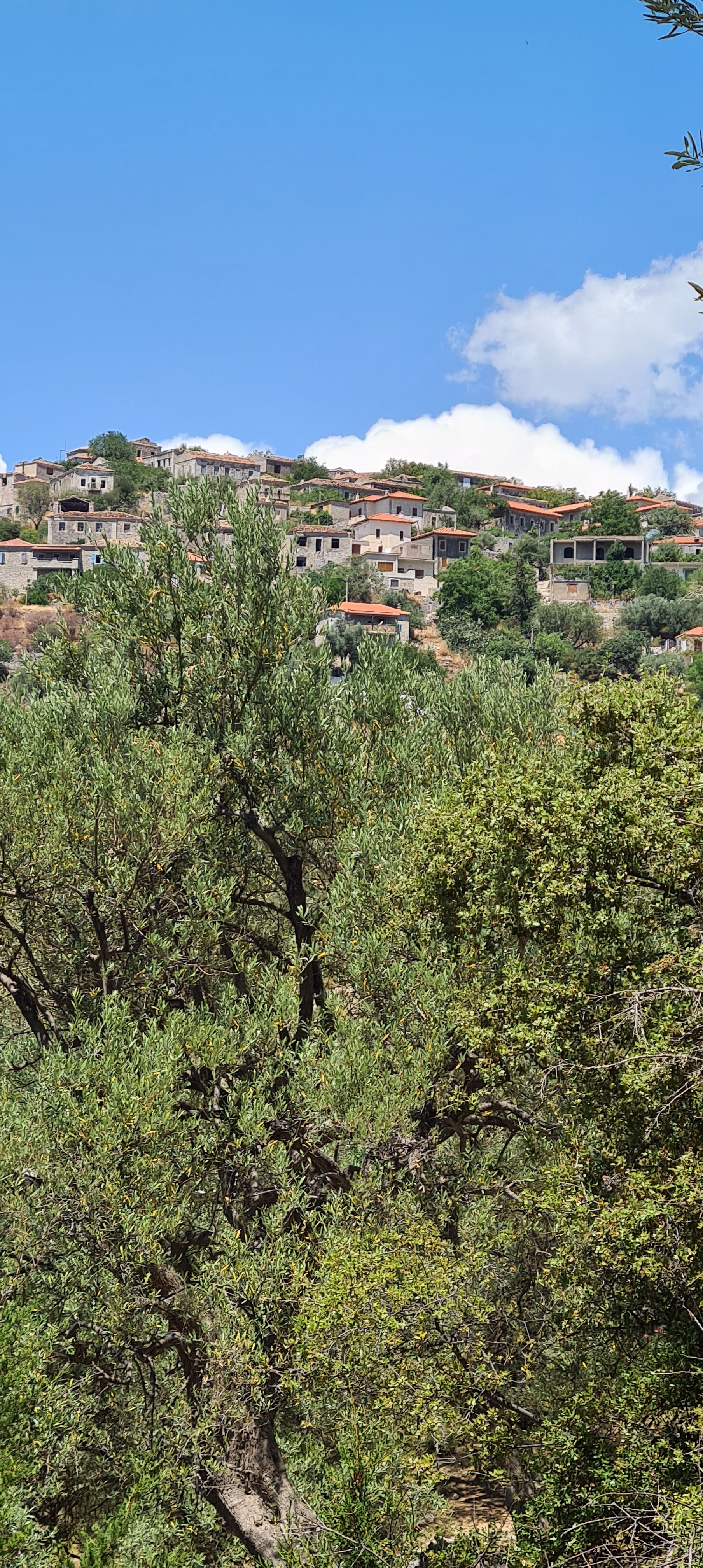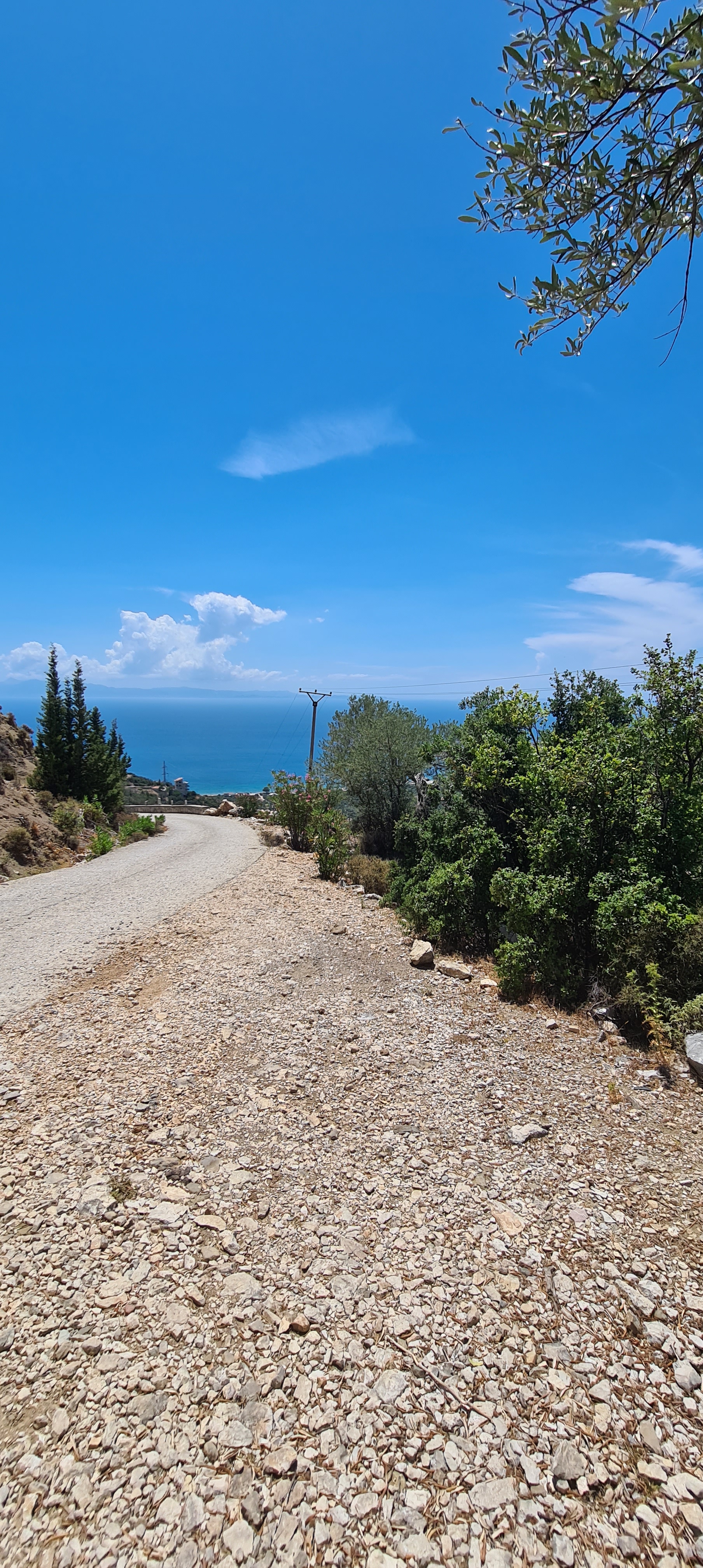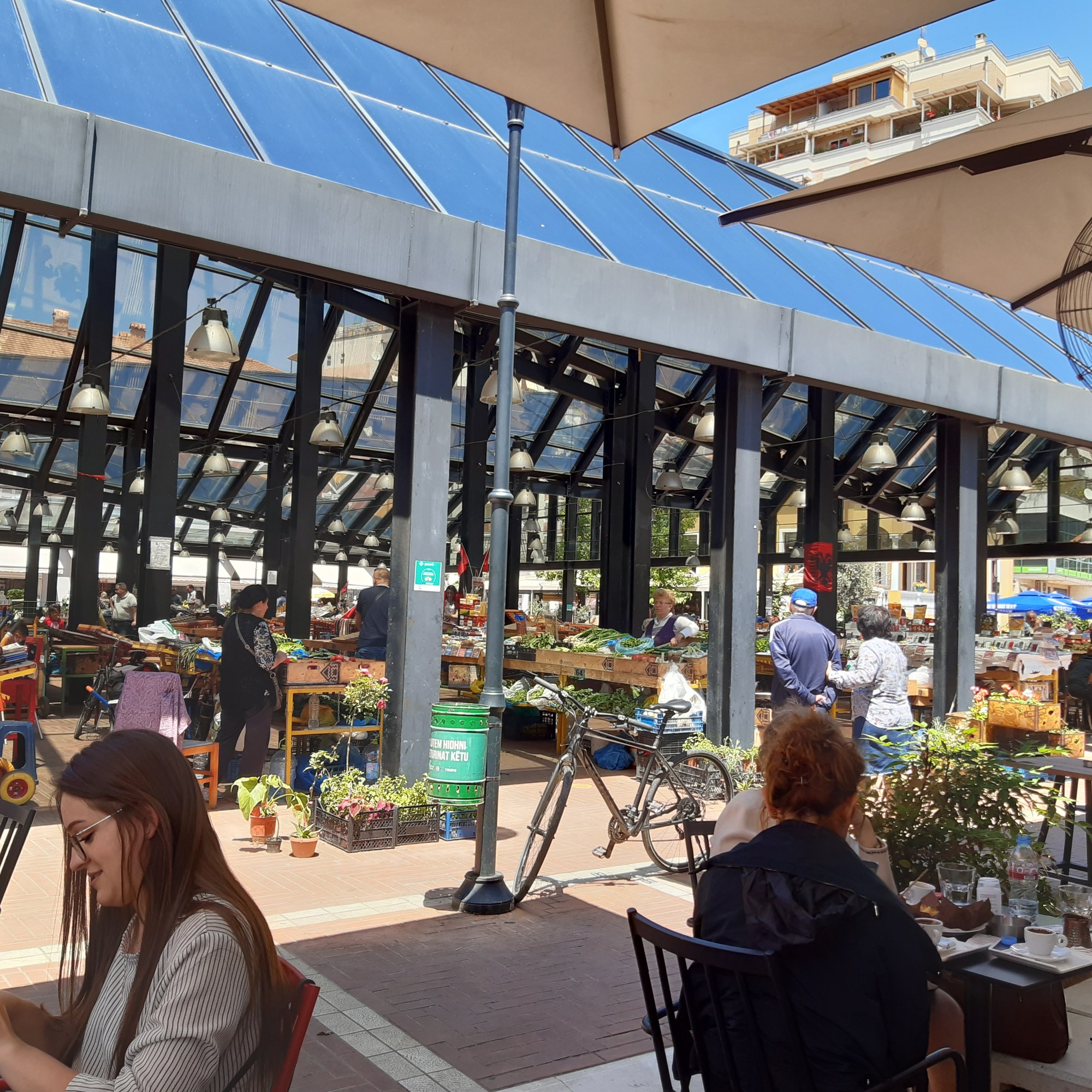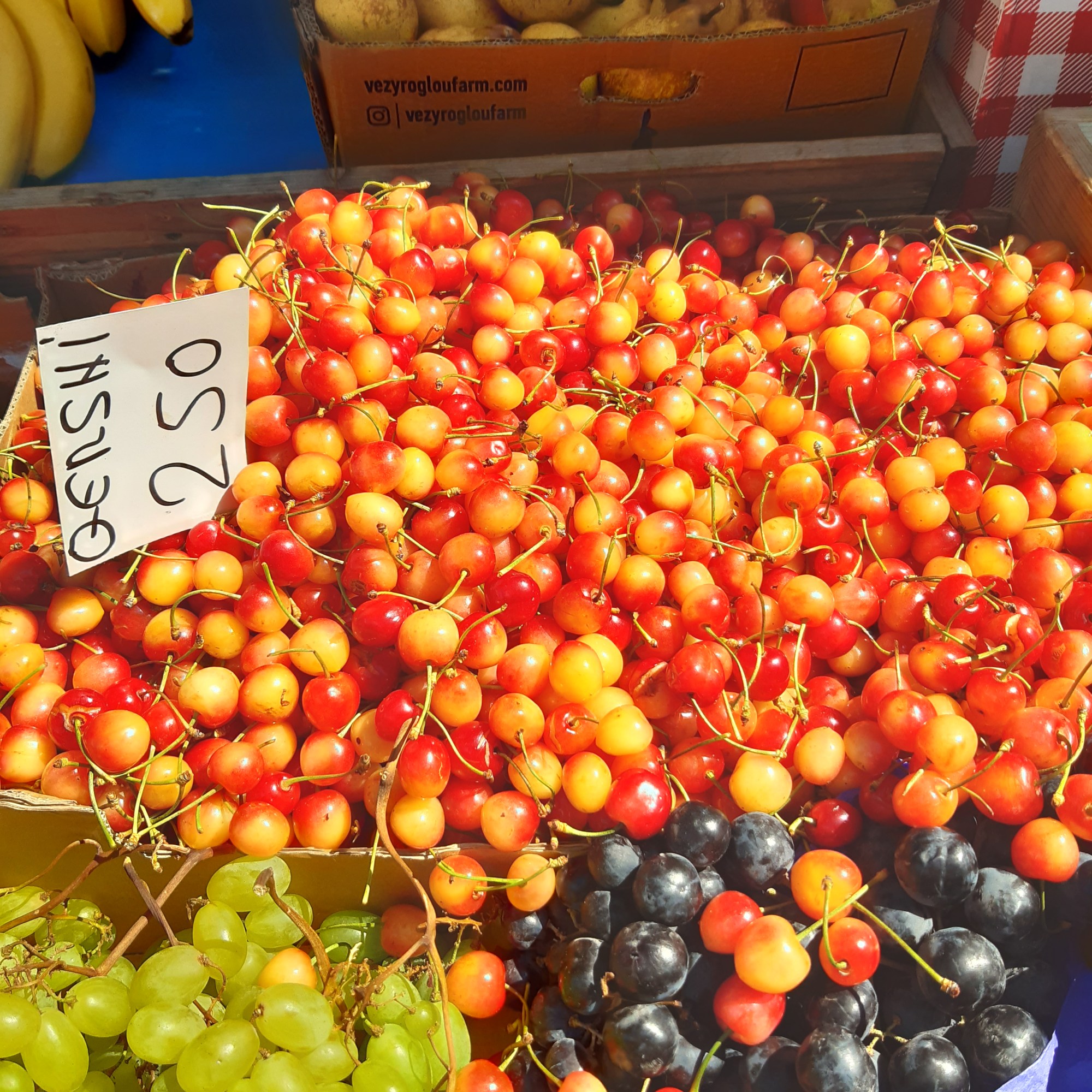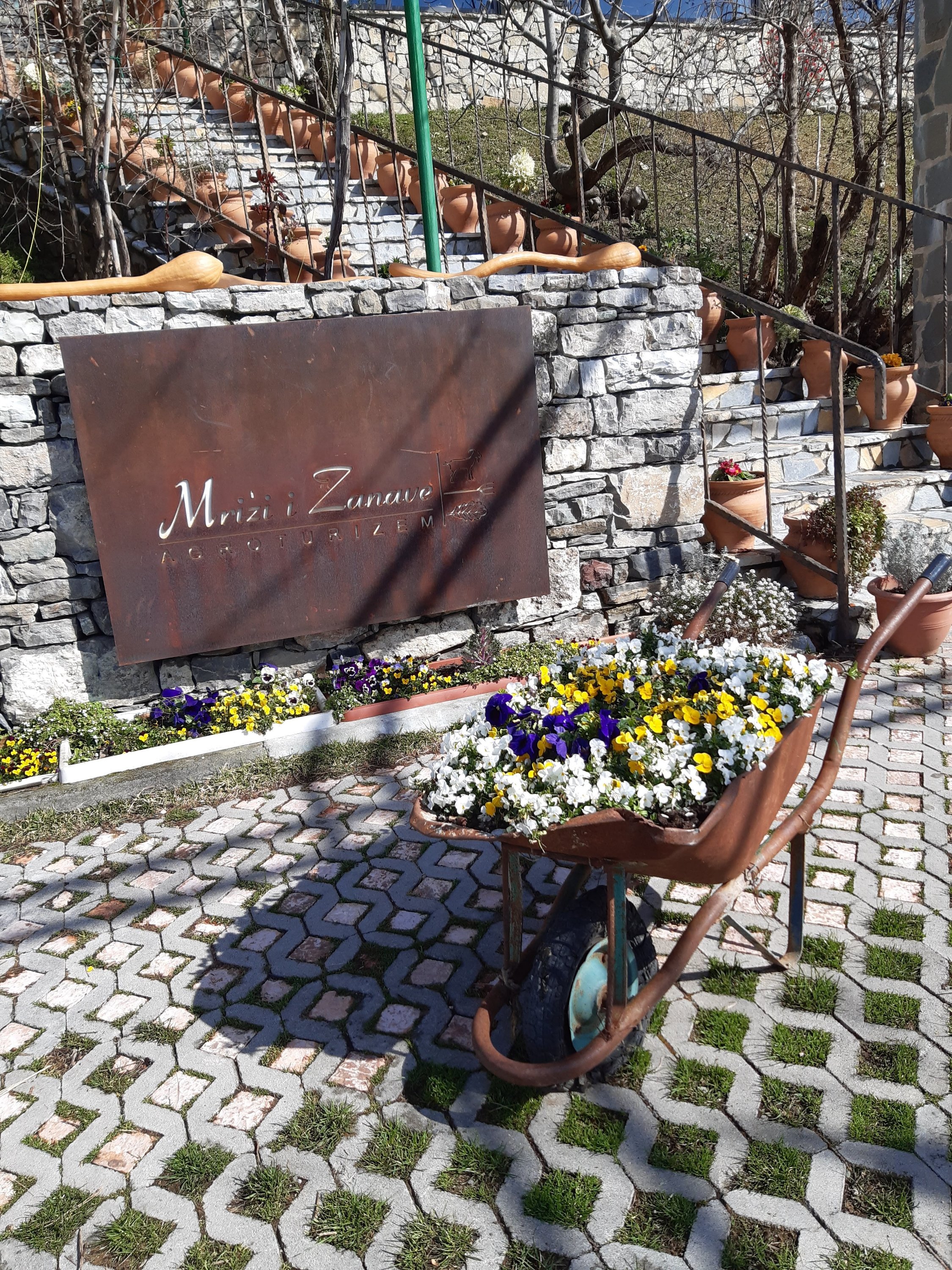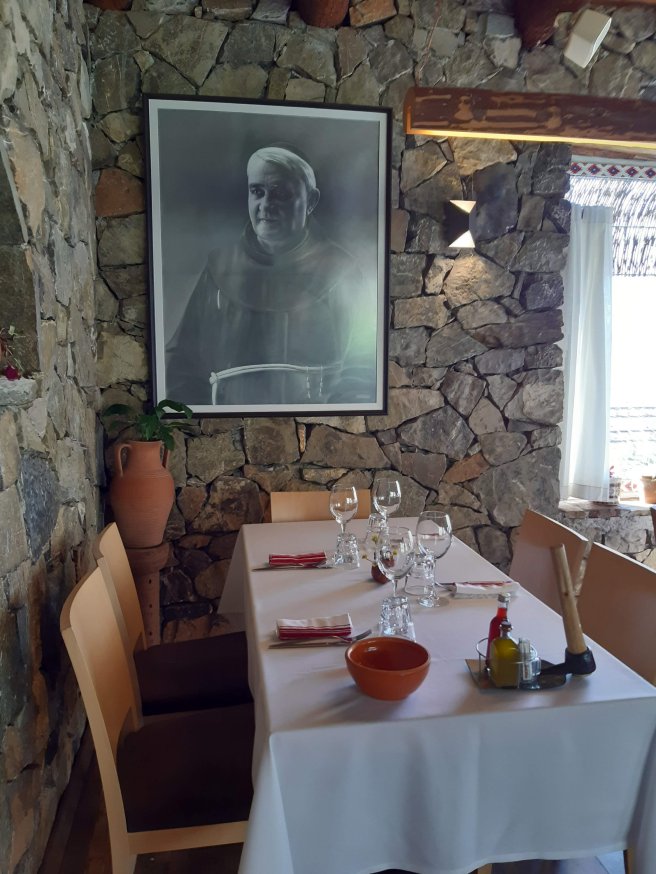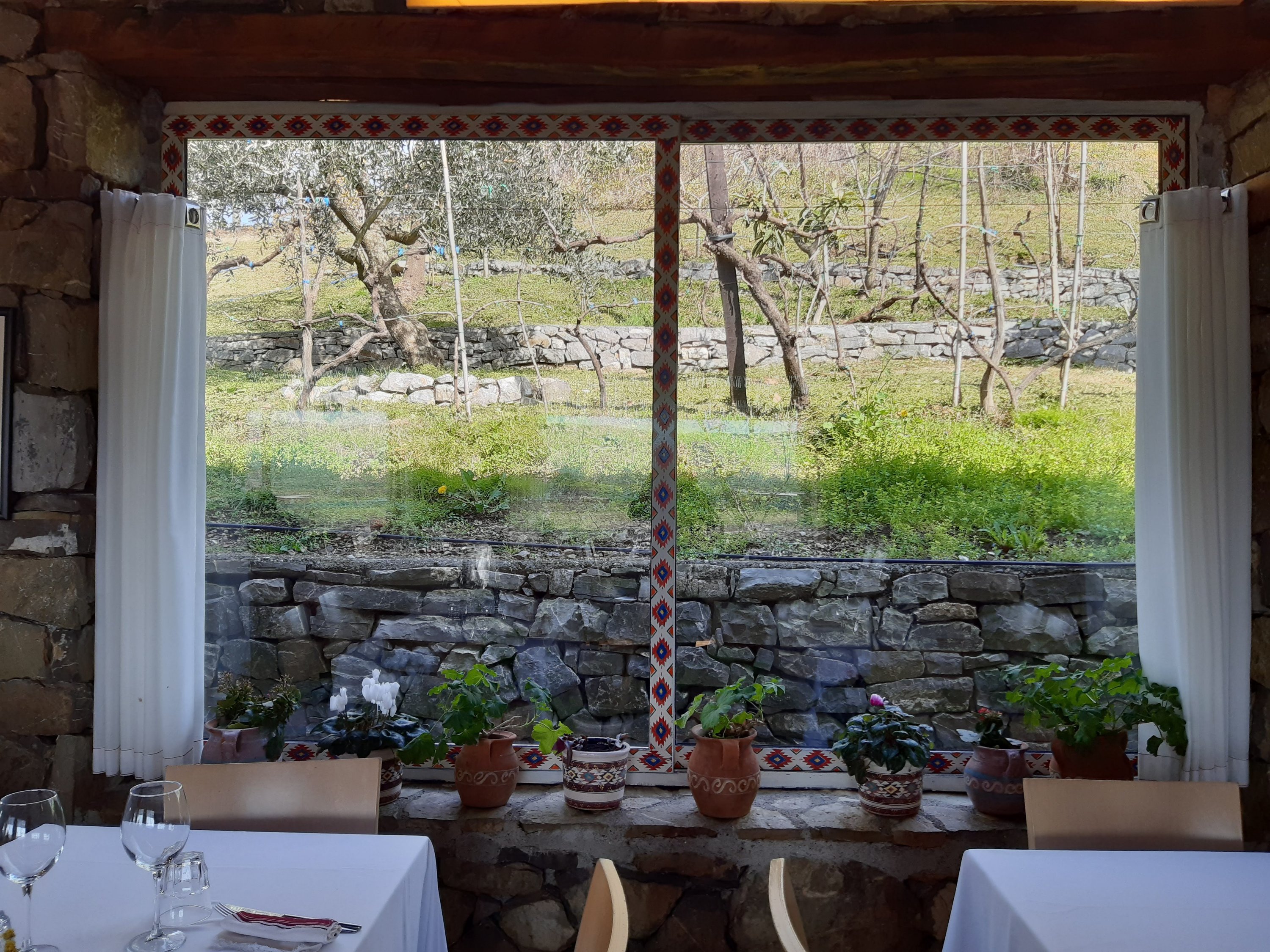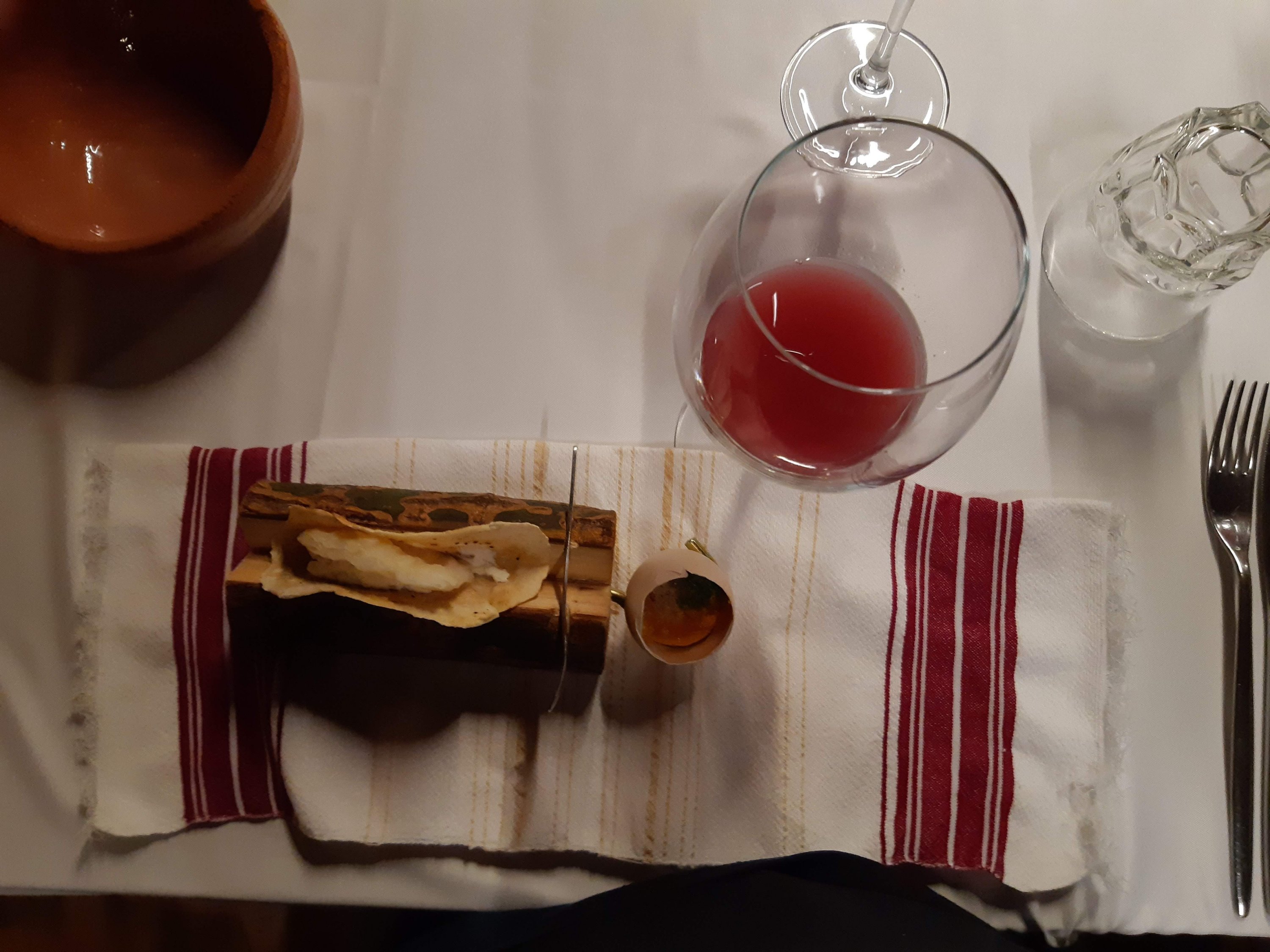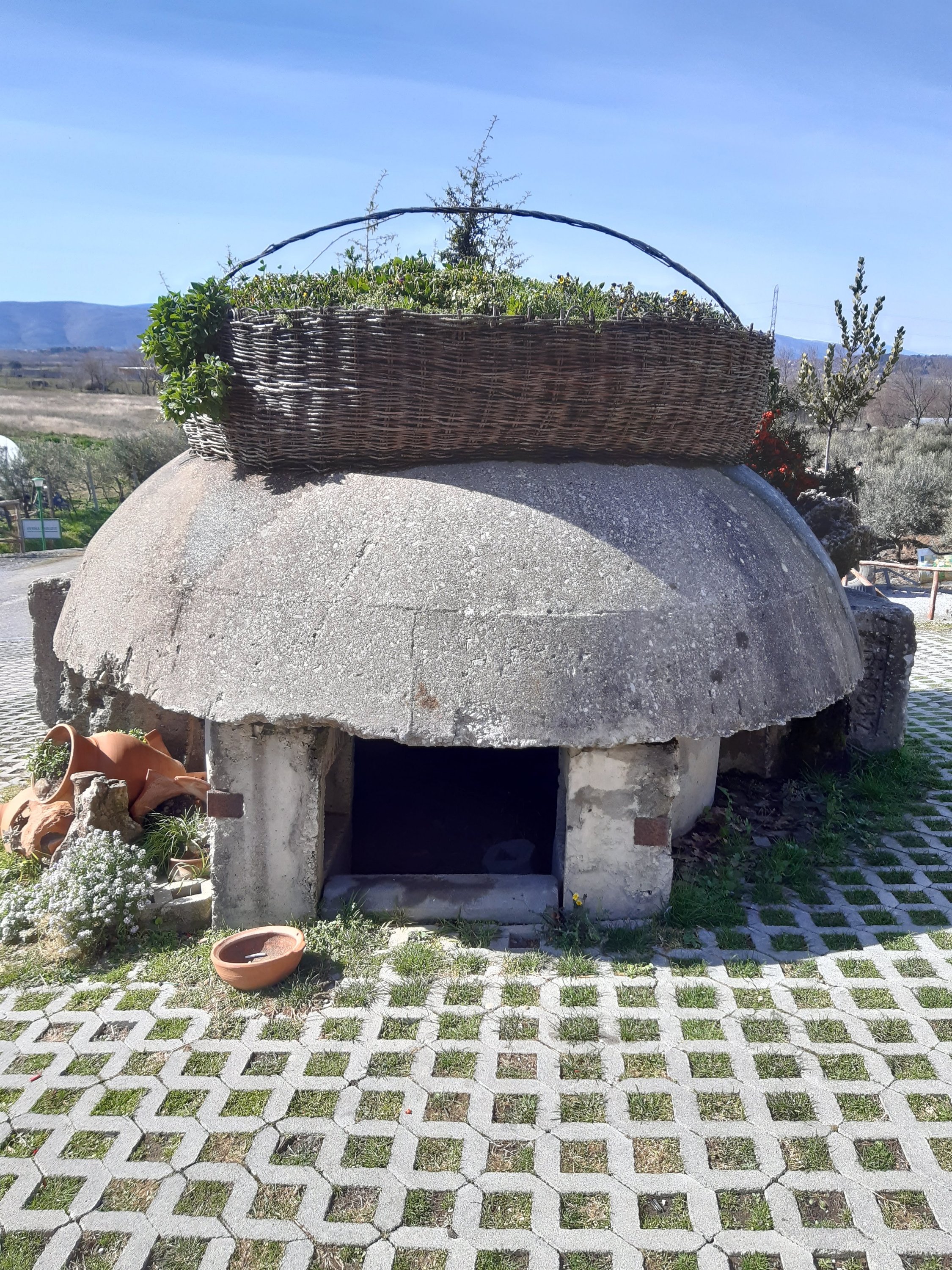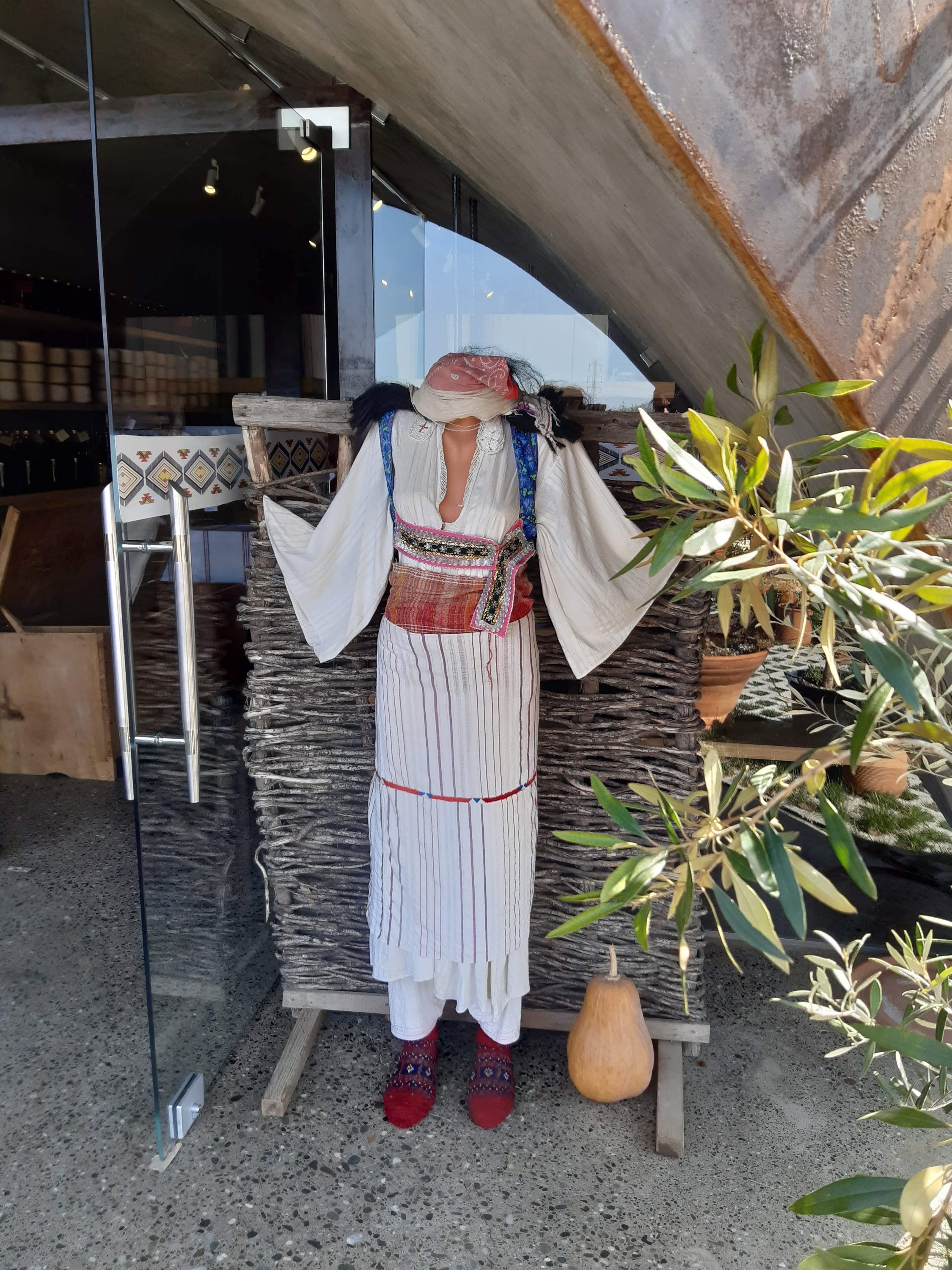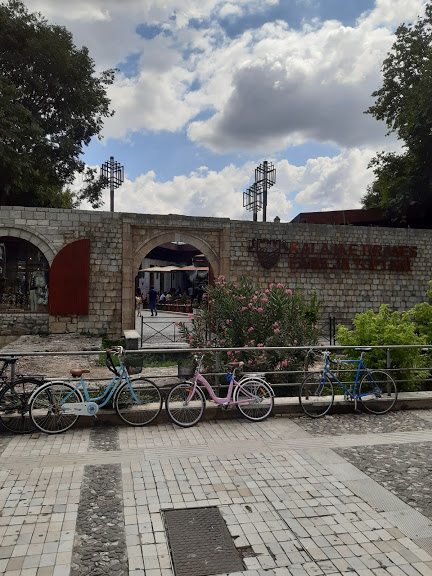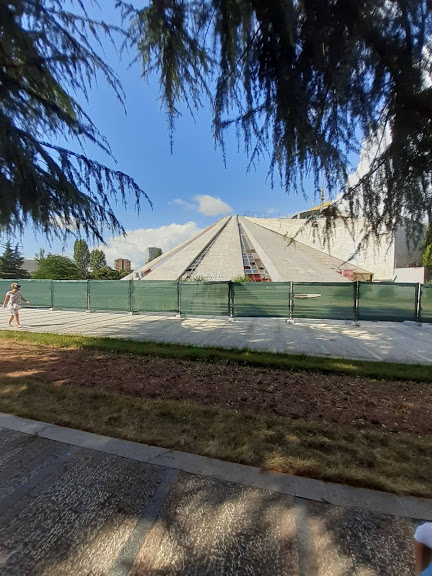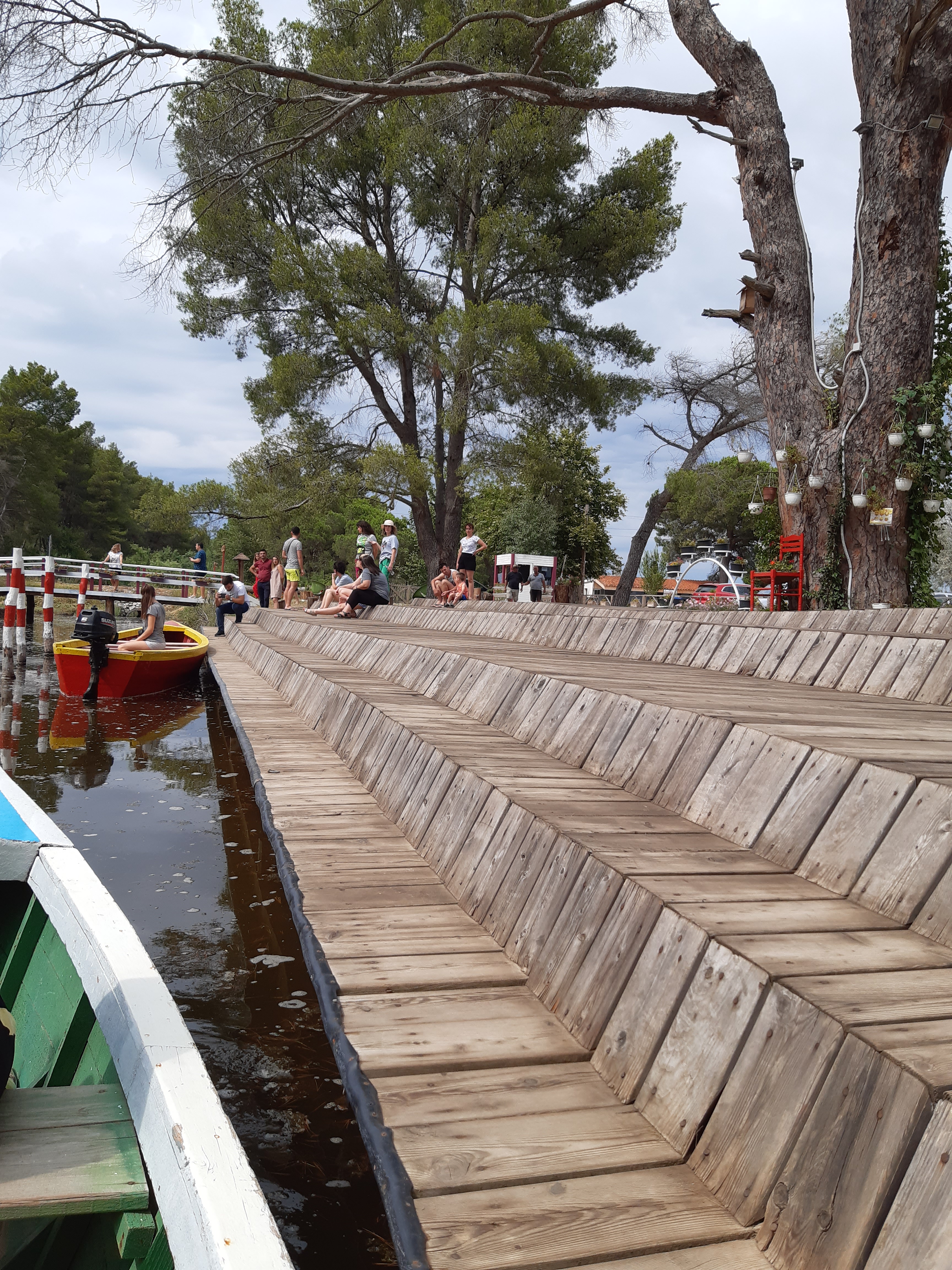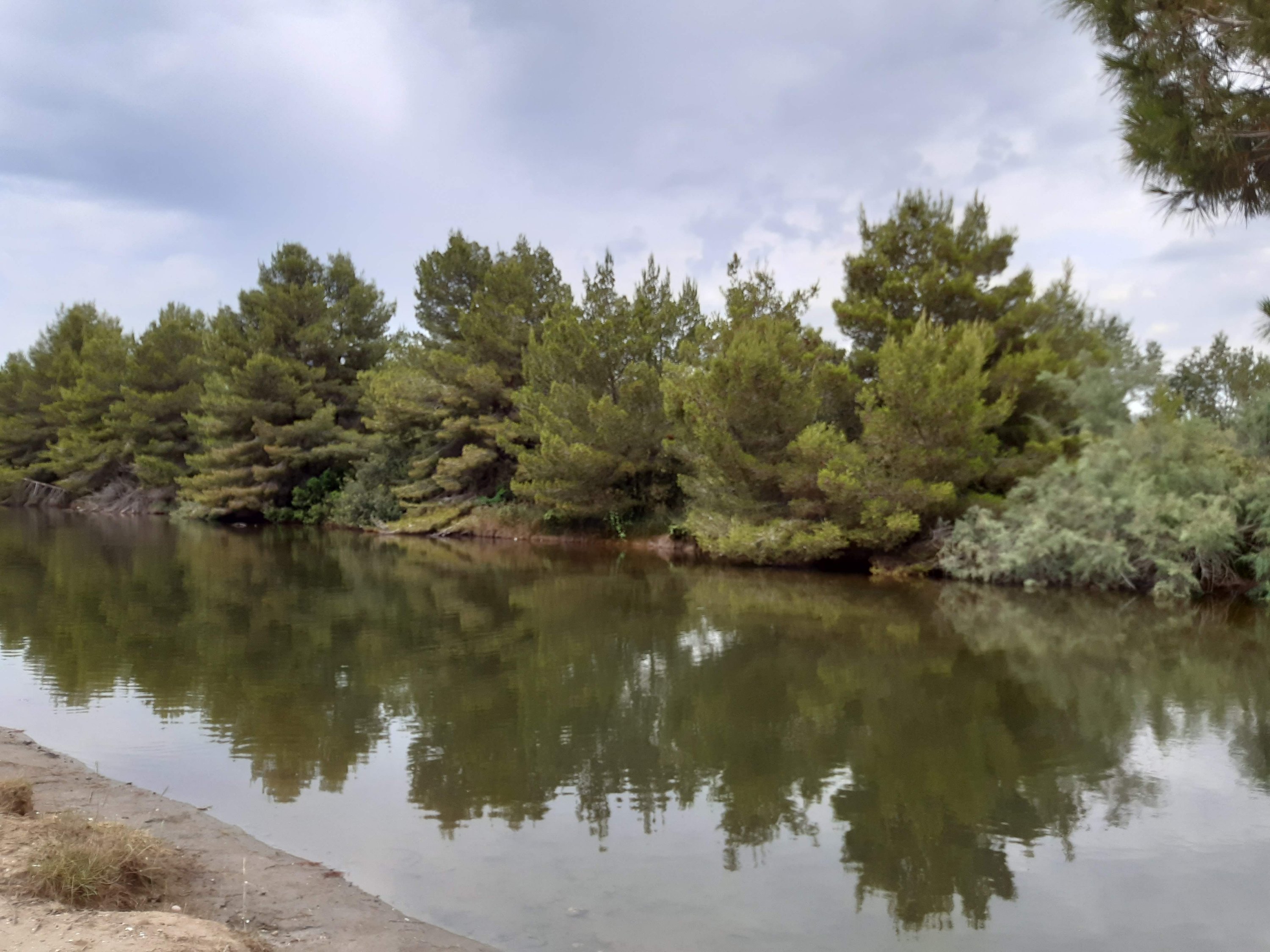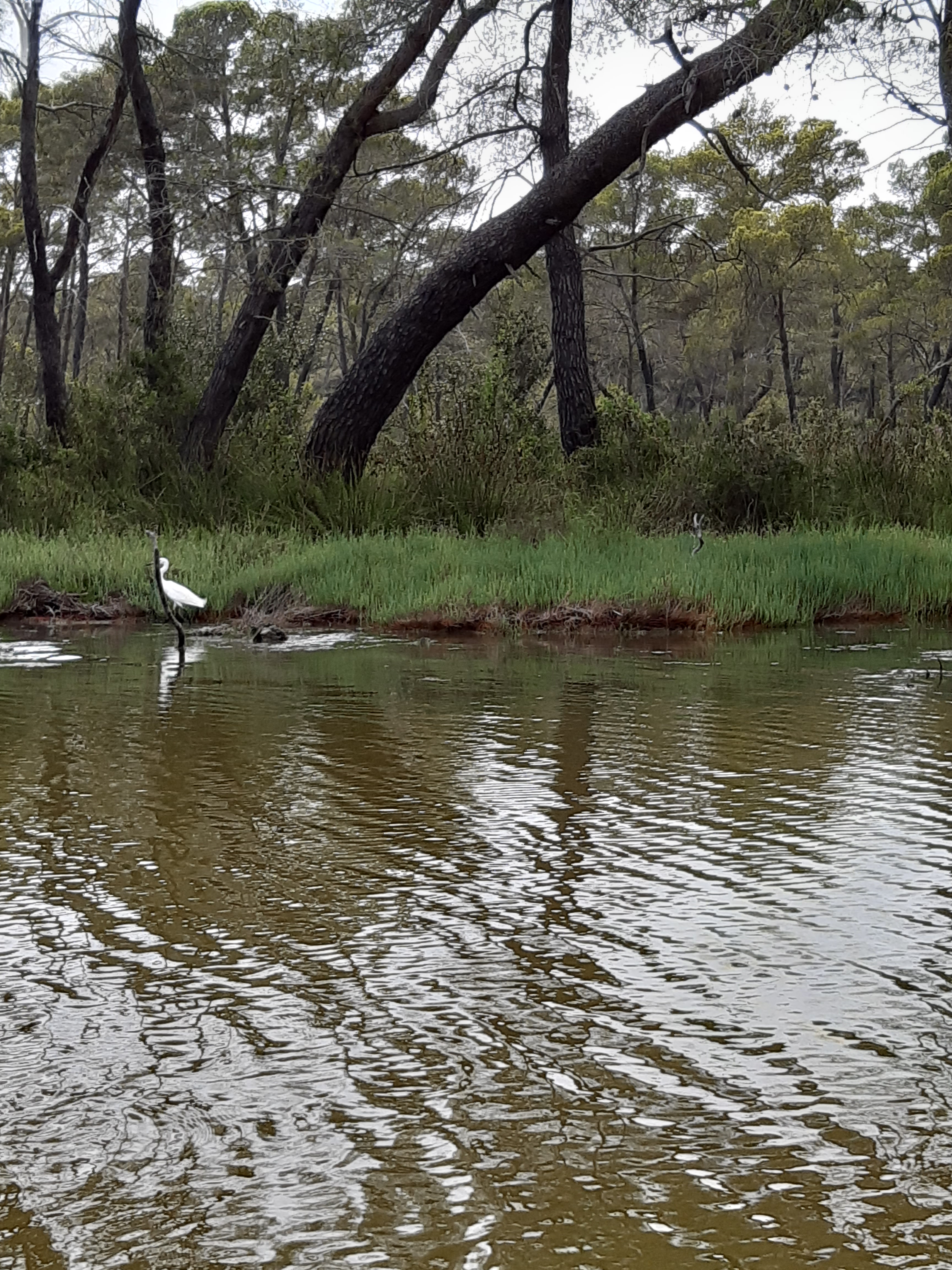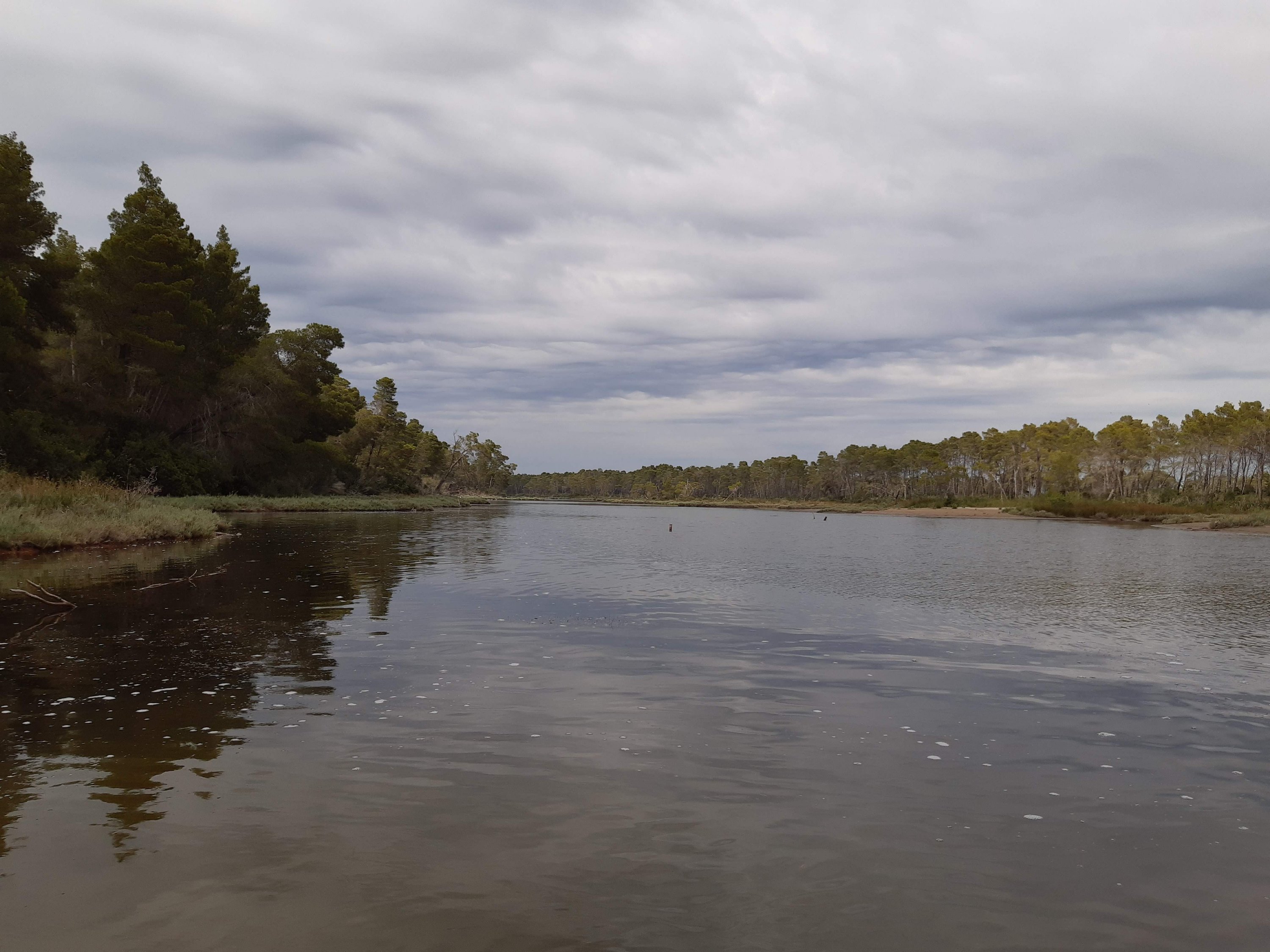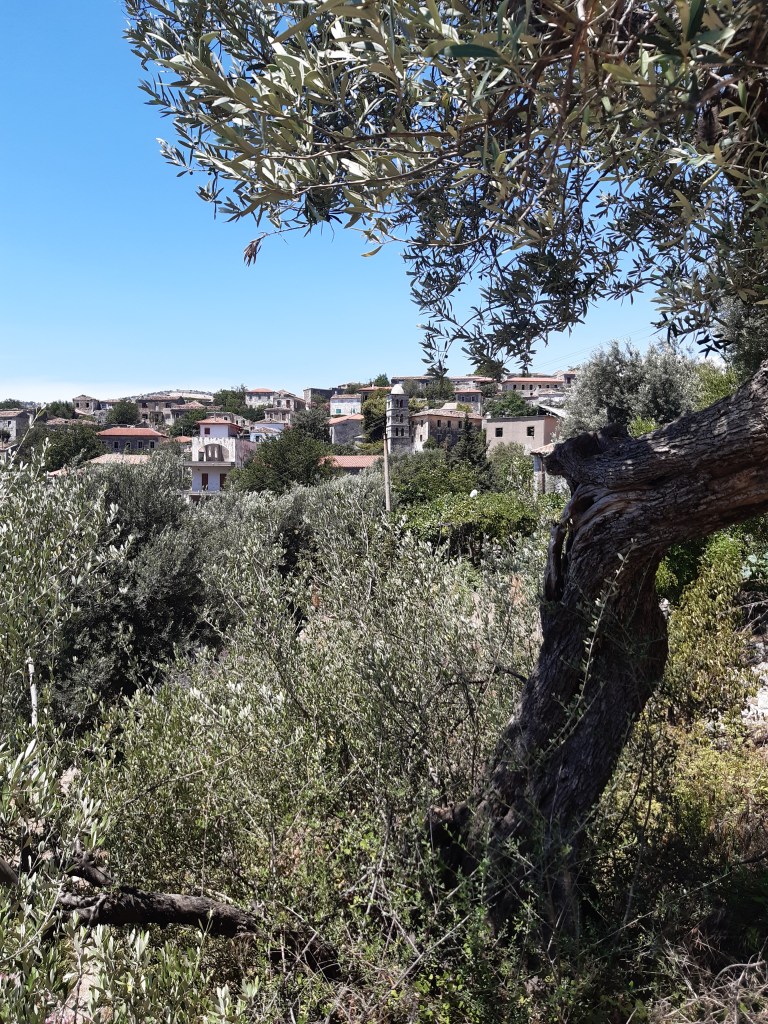
This year, we again decided to venture to the south of Albania to pick up where we left off last year. It’s July 17th 2021. Rains and precipitations are causing floods in Germany, but the blazing sun, the breeze, the deep blue Ionian see, the cypresses, the hillsides full of olive groves, the cicadas were still there. South Albania was waiting for us proudly and faithfully, being there for ever and ever. The beautiful villages of Dhermi and Vuno were still there and happy to see new faces this summer.
This time, we decided to go deeper to the South to discover new places, new people, new fates, to hear new stories. The idea of not being far from Greece filled us with joy; for the famous island of Corfu could be seen on the other side of the sea. We ended up in the village of Qeparo. We arrived late in the evening and booked an accommodation for one night at “Blue View Apartments”, located in the new part of the village close to the sea.



As expected, the Albanian hospitality was there. We had the impression it grew even more. Was it because the year has been a long, an extremely long year and the country seemed so joyful to receive impatiently new travelers and visitors after the pandemic ?! Or is it just about a hospitality that is inseparable of the Albanians?! Probably both.
Thimolea, the kind host, thin and suntanned as all the Mediterraneans welcomed and showed us the places where to swim. The way to one of the beaches was with plenty of path stairs.



He invited us for a coffee and told us about his story. Like all the other people of the region, he left the country after the collapse of the infamous old regime to go to Greece and work as construction truck driver. In the nineties, when the Albanians were searching for a living, the villages of the Greek coasts and islands were being built and covered in concrete.

Thimolea left his children in Greece and came back to his native village to stay for ever. “Here, there will always be someone to bring me a flower on the tomb”, he told us.
Next morning we headed towards the old village of Qeparo.



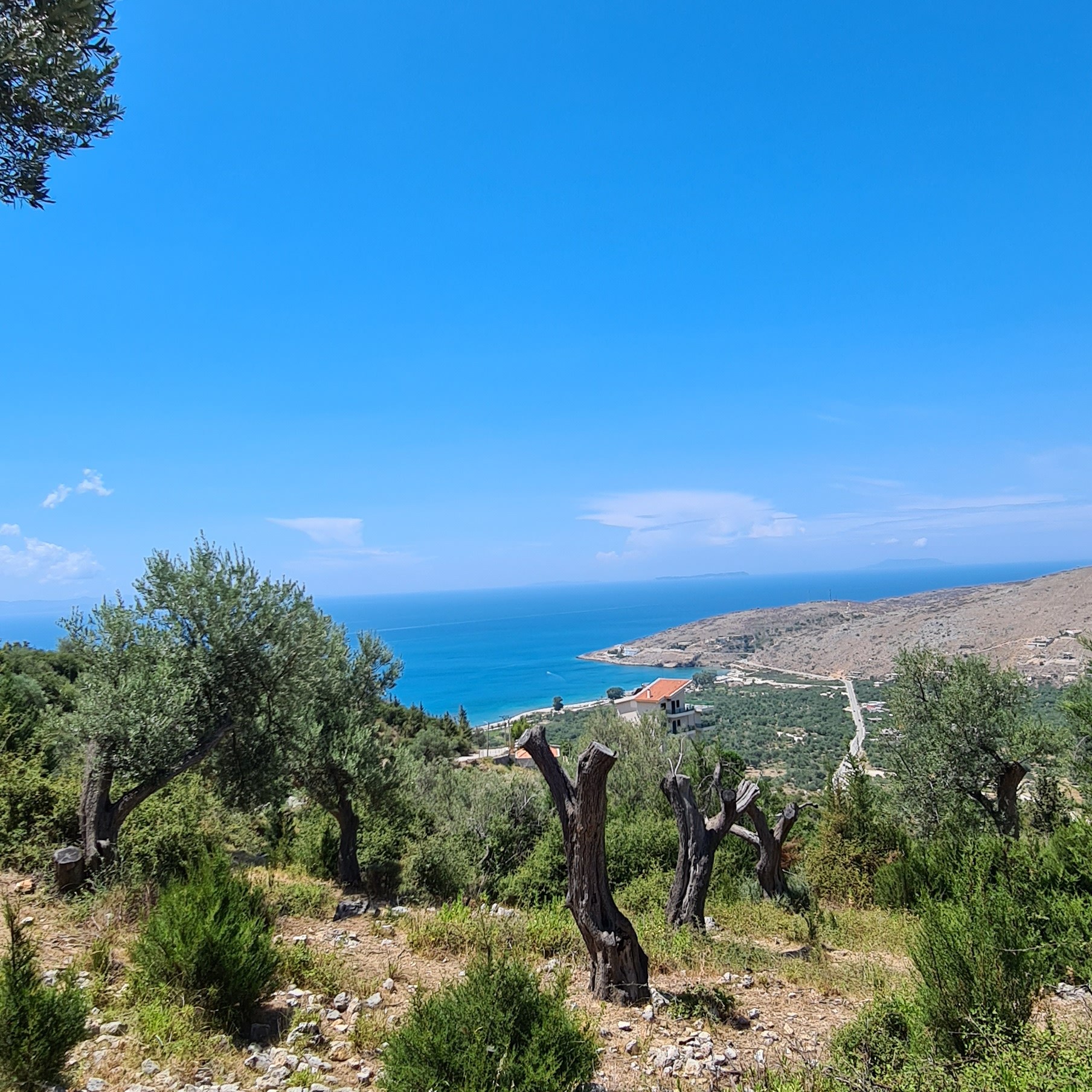

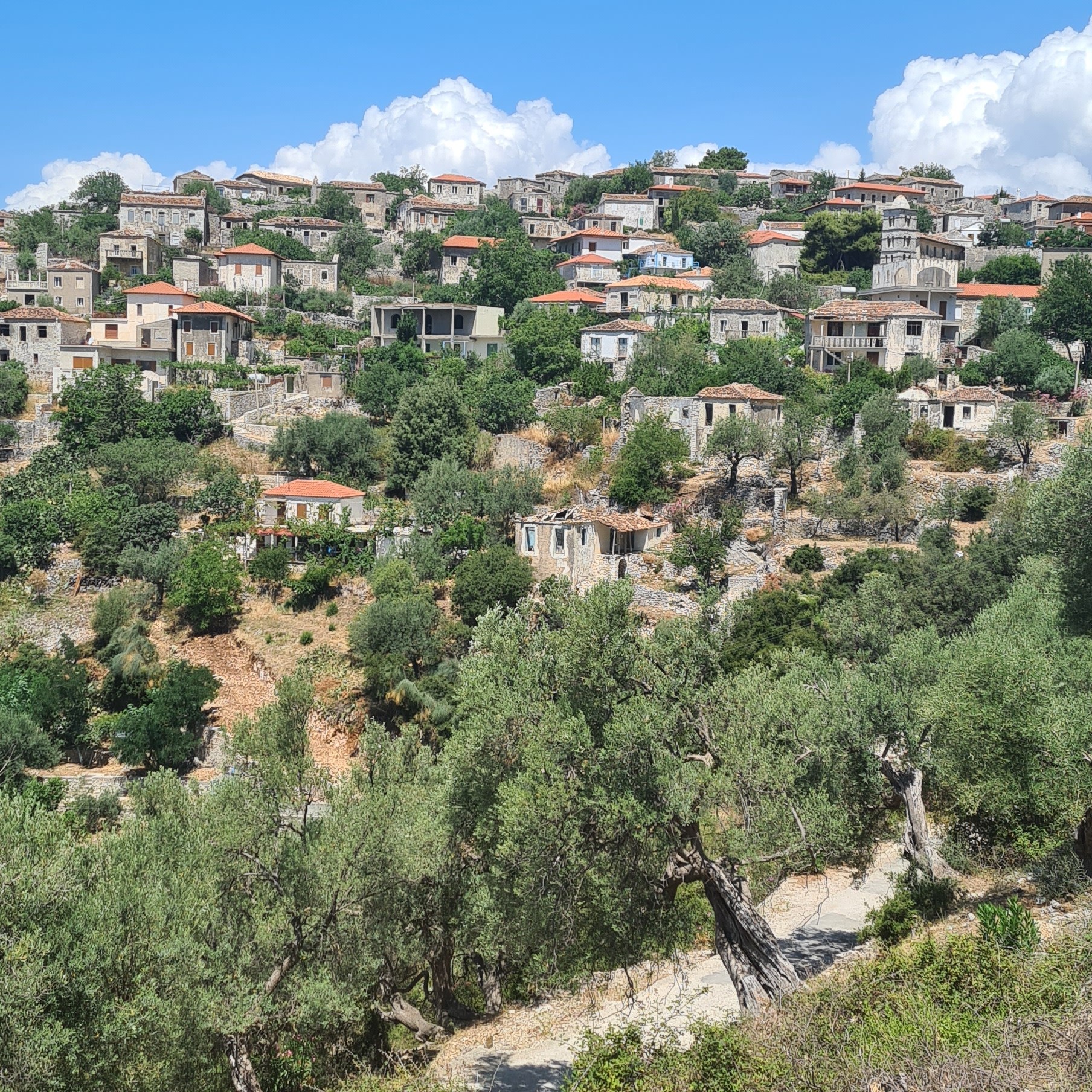
The old village of Qeparo took our breath away. It was another part of the village. The road uphill was in poor condition but we finally climbed it on board of our car. The old stone houses up in the hill amongst olive trees overlooking the blue Ionian sea reminded us very much of other Mediterranean villages. But this village was a phantom village; it was almost uninhabited; barely a human soul could be seen high noon, the paths of cobblestones destroyed, a small grocery shop restored somewhere in the middle of the village by a couple of Albanians newly arrived from Greece. (Again Greece!). One old lady in black with a white scarf would come out of a path as a sudden living revenant; several meters away, another lady with an elegant straw hat just appeared in front of us in the middle of dog barking in the courtyard of a derelict church black bell tower but with no church; few children riding a bike in the middle of the destroyed path of stones, a very old tree in the middle of the village next to a ramshackle restaurant. It was a desolate place, with bleak and sad emptiness, yet beautiful and surreal. We started dreaming about moving into this village, picking up our favorite house, owning our own olive trees and enjoying the quietness of the village and the stillness of the summer days. At least this is what three French and one English did. We were told that they bought several dilapidated houses and gave them a new soul but to no avail for the village. There were still lots of ruinous houses, falling to pieces whose owners had died or dispersed around the world. Facts and phantasy mixed in our minds. All suddenly, the children grabbed my husband and me to wake us from our deep daydreaming. The sun dizzied us, the place transported us… This is Albania, my love Albania.

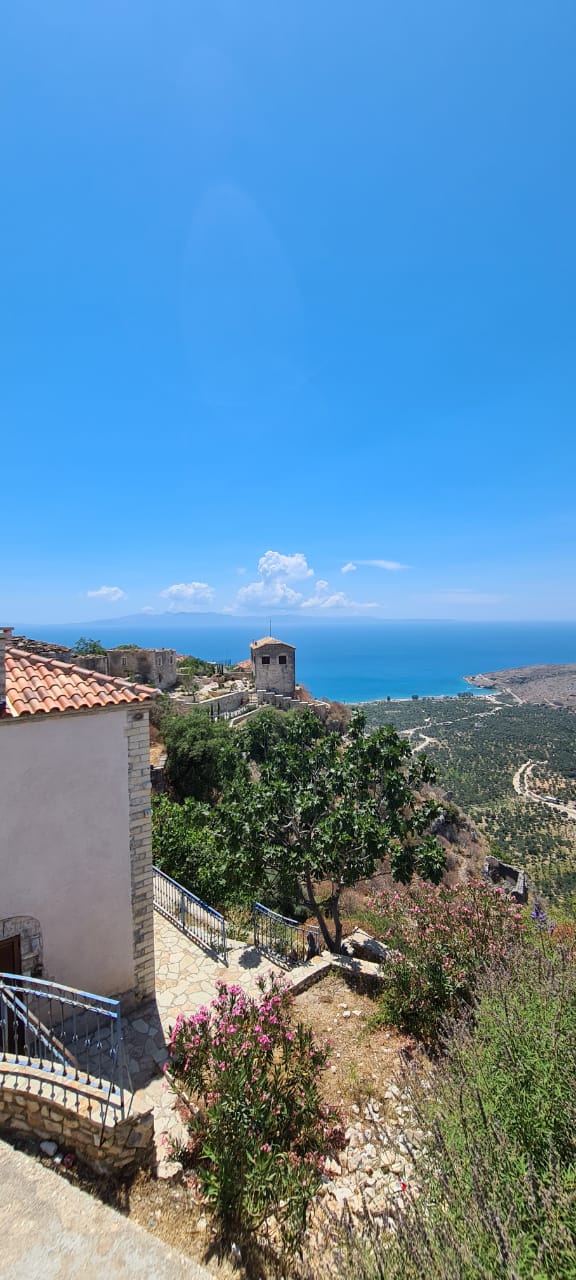


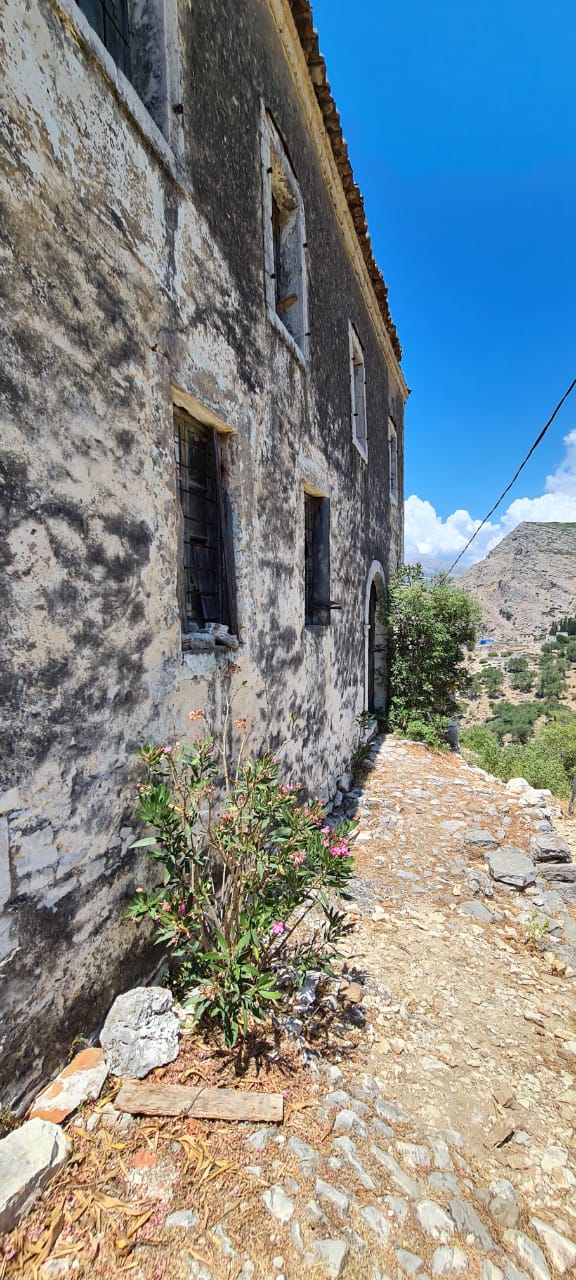
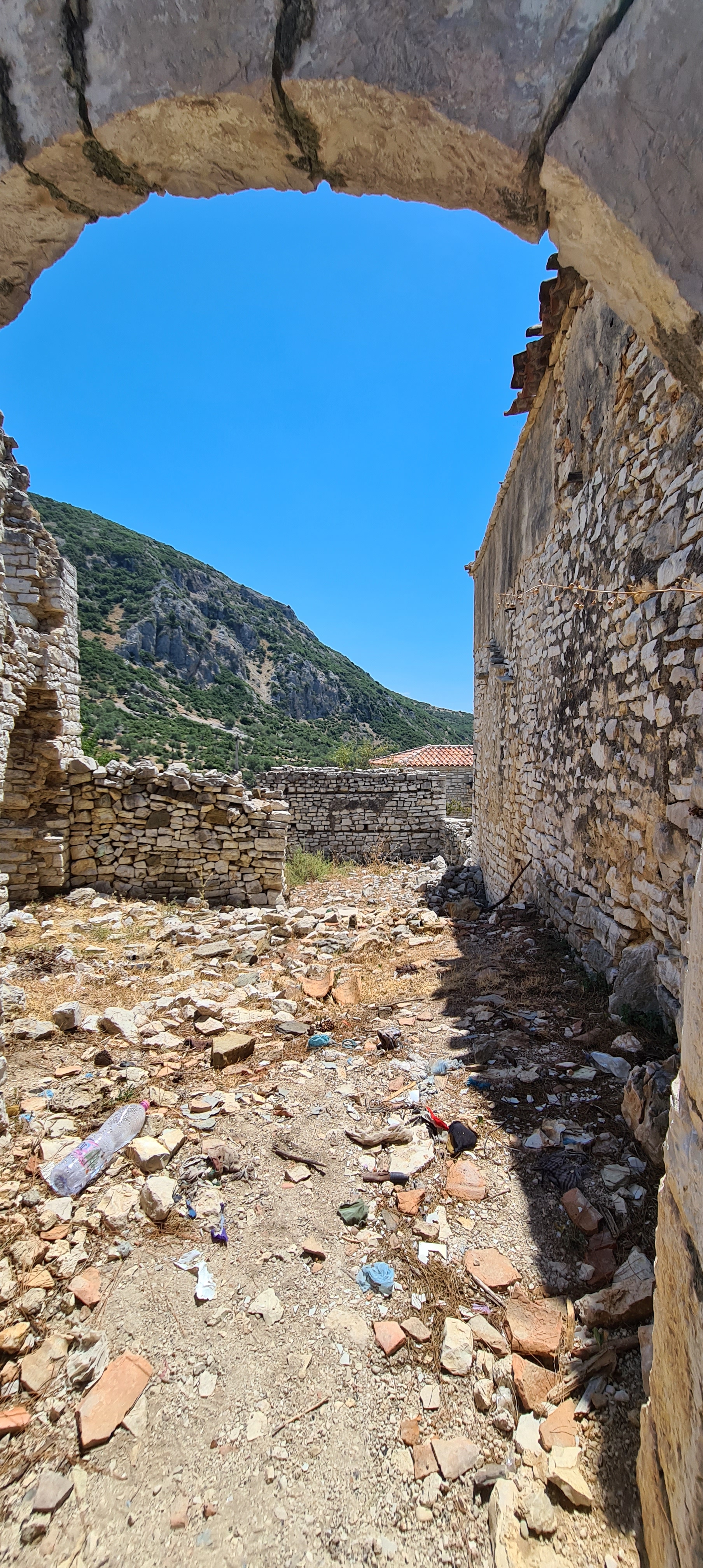






We finished the visit and turned back downhill the slope. Our children wanted so much to go down to the beach. Probably, it was just an excuse to leave the village. We stopped once again our car in the serpentine road to have a last look as if we separated forever. The solitary village was still up there on the top hill with its slopeside location, with the houses appearing to cascade down as the hair of a beautiful creature carved in mountain. We looked each other for the last time. I set the car in motion and turned my head for the last time with a long glimpse. I don’t know whether it was a farewell or a “see you again”.
